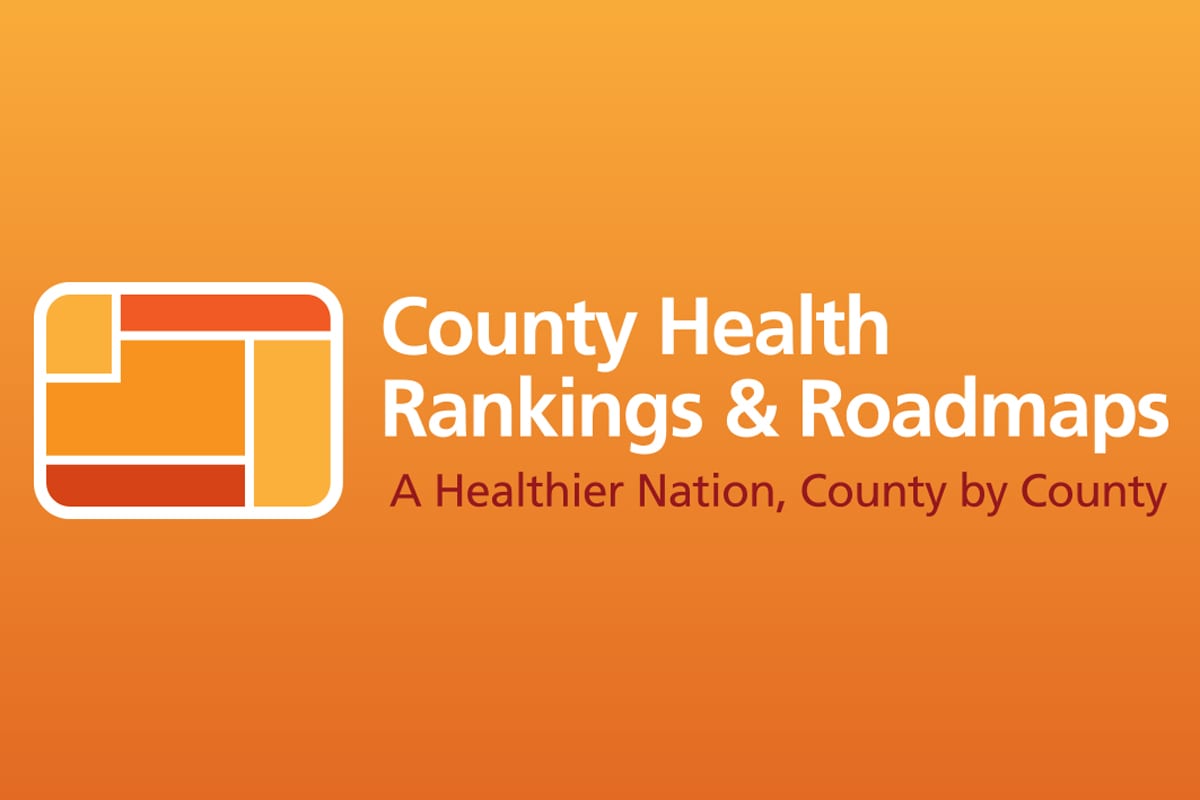How Healthy Is Your County?
April 3, 2012

Today, the University of Wisconsin Population Health Institute and the Robert Wood Johnson Foundation (a Burness client) released the 2012 County Health Rankings. Now in their third year, the Rankings highlight the healthiest and least healthy counties in every state, as well as those factors that influence health outside of the doctor’s office. This year’s Rankings include several new measures, including number of fast food restaurants in each county and levels of physical inactivity among residents. Graphs illustrating premature death trends over 10 years are new as well.
As USA Today reported this morning, the Rankings are increasingly being used by community leaders to help them identify challenges and take action in a variety of ways to improve residents’ health. Leaders in Hernando, a small city in Mississippi’s top-ranked county, used the Rankings to build support for policy changes—like building new bike trails and requiring new developments to include sidewalks. Health premiums for city employees went down by 15%, prompting Mayor Chip Johnson to give his employees a 2% raise. San Bernardino, California—a lower-ranked, geographically and demographically diverse county of 2 million people—is using the Rankings as a guide to advance health by providing access to healthier food and developing safer routes for kids to get to school.
The Robert Wood Johnson Foundation and its partners have developed a number of tools to help counties understand what they can do with their rankings. New this year, the County Health Roadmapswill help counties take action to build healthier communities. The project includes both community grants and technical support for state and local efforts to advance health. Today also marks the release of the call for applications for the Roadmaps to Health Prize, which will be awarded early next year to up to six winning U.S. communities working at the forefront of better health.
In its coverage of the rankings, The New York Times noted that gains in American longevity are disproportionately concentrated among the well-educated. The County Health Calculator, developed by RWJF and Virginia Commonwealth University’s Center on Human Needs, explores what could happen to a community’s health if it took action to improve education and income.
To learn more about the Rankings, follow the live Twitter chat with RWJF’s Risa Lavizzo-Mourey and Rankings lead researcher Patrick Remington at 1pm ET using the hashtag #healthrankings.
